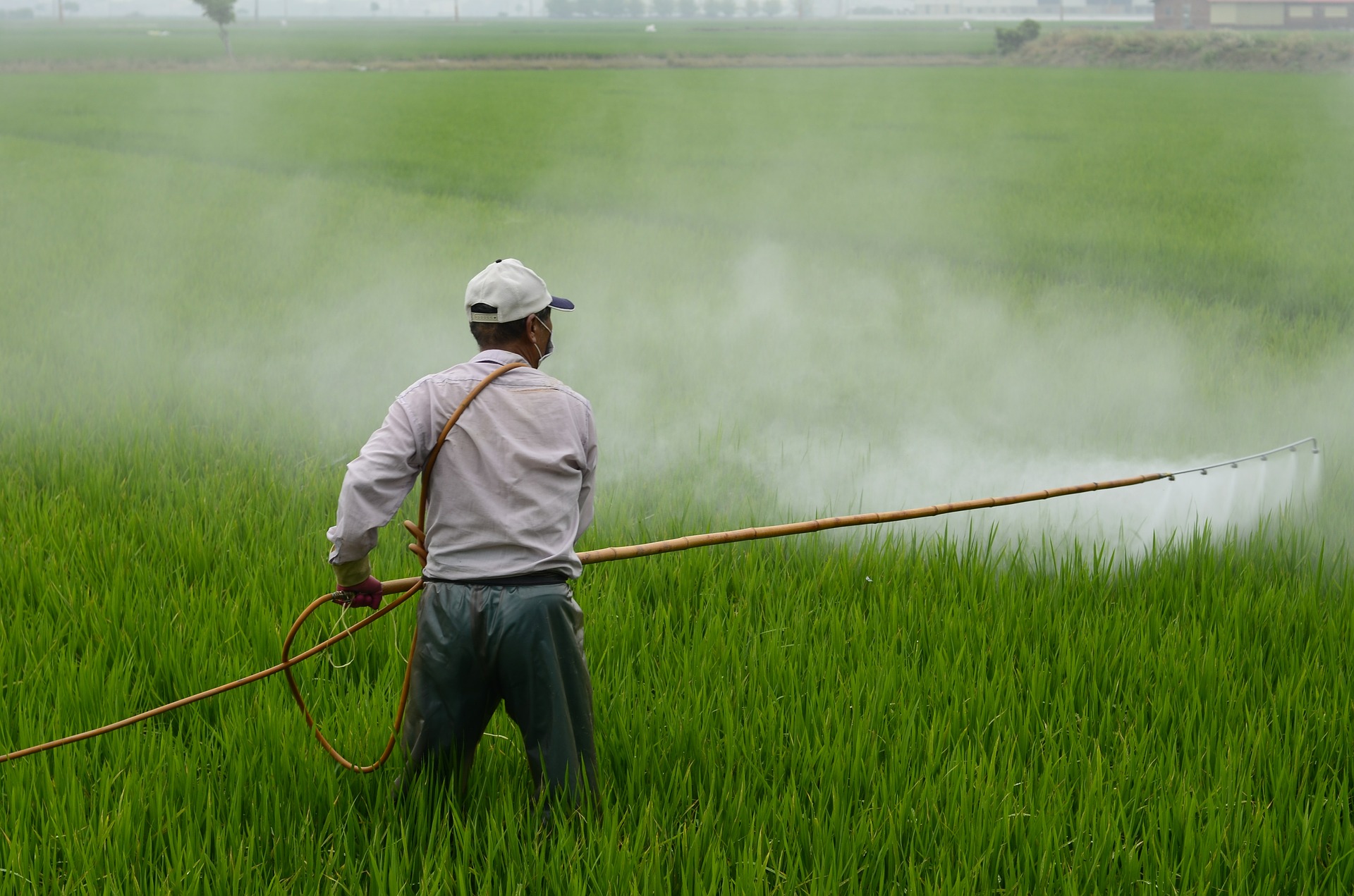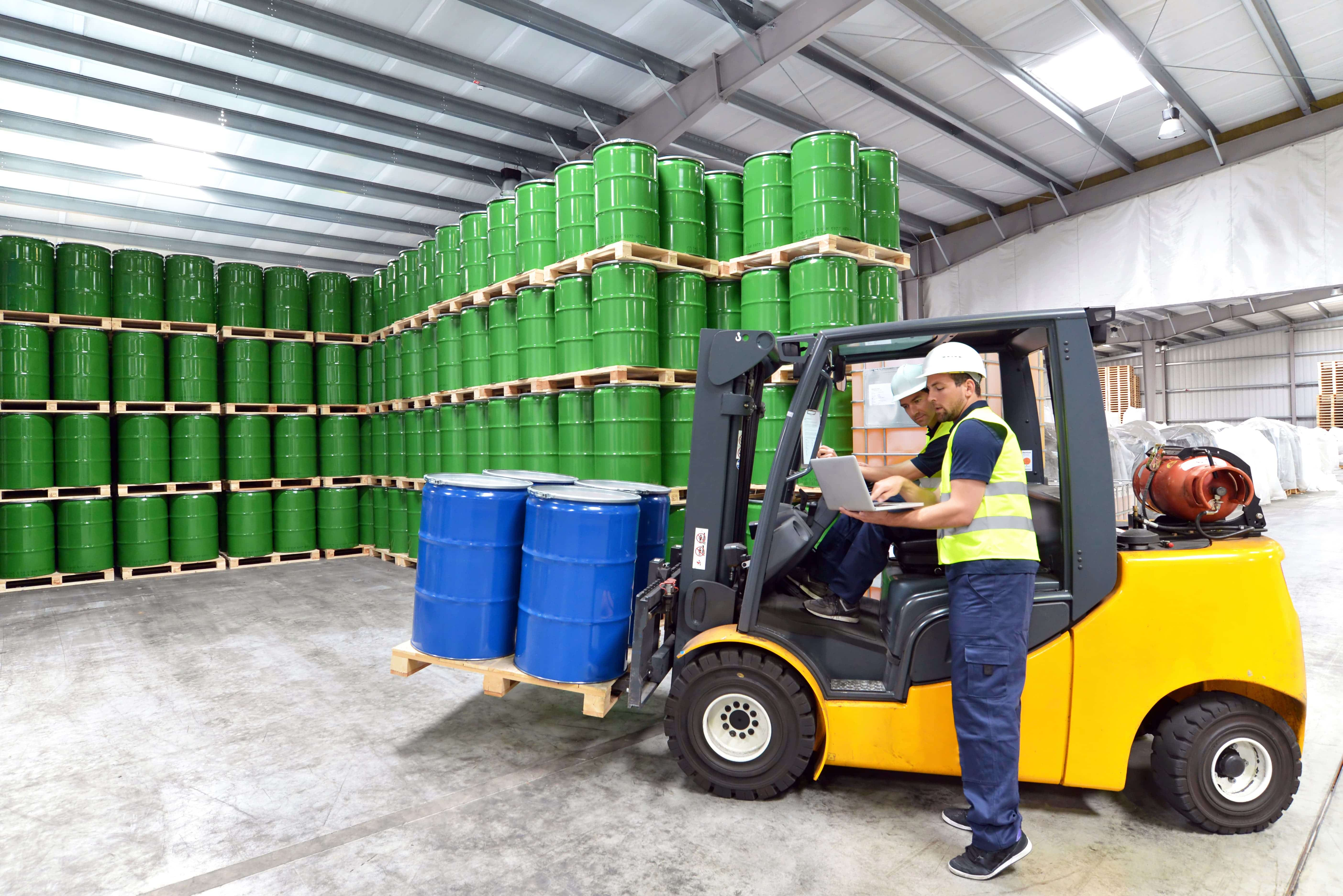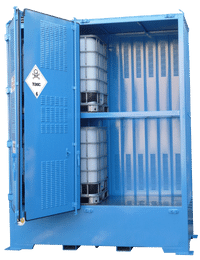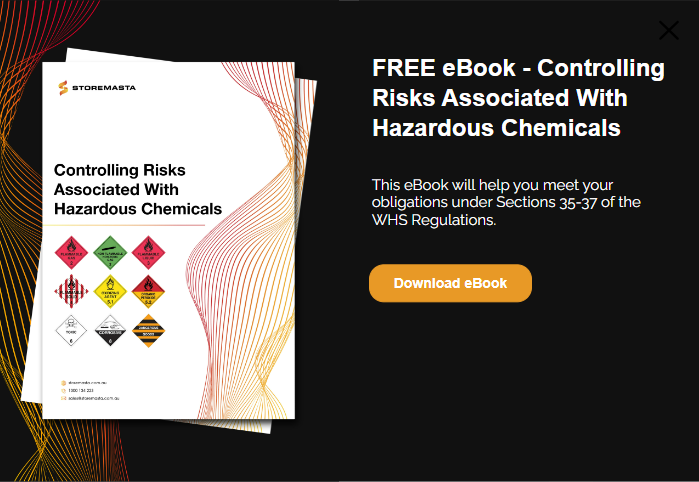If you’re working hard on the land, you’re probably familiar with pesticides — and the risks that they pose. From the management of toxic vapours to the containment of chemical spills, pesticides must be handled and stored in such a way that can reduce the risk to your people, your property and the surrounding environment. Whether you’re carrying a several containers of pesticides or a shed full of IBCs, we’ll explain some basic guidelines so you can store pesticides in a safe, compliant manner.
What Are Pesticides?
Widely used across agricultural industries, farms and private properties, pesticides are substances which protect plants from harmful 'pests'. 'Pests' can include insects, animals or organisations. Pesticides provide targeted protection from a wide range of pests including grasshoppers, fruit flies, beetles, mice, rats, weeds, viruses, bacteria or fungi.
As the pesticide contains an active ingredient which interferes with the natural function of the organism, the pesticide can effectively kill the pest — thereby protecting the plan from harm.
 While pesticides are a necessary tool in pest erradication, many products are Dangerous Goods and must have safe storage procedures in place.
While pesticides are a necessary tool in pest erradication, many products are Dangerous Goods and must have safe storage procedures in place.
Pesticides can be manufactured in many forms, including liquid, granules, pellets, powders or gases.
There are several types of pesticides commonly used in Australia. Some types of pesticides include:
- Herbicides
- Insecticides
- Fungicides
- Antimicrobials
- Biopesticides
- Disinfectants
- Molluscicides
- Repellents
- Rodenticides
- Wood Preservatives
Key Risks Associated With Pesticides
The key risk associated with the handling and storage of pesticides is the toxic affects on the human body. When farmers or workers are exposed to pesticides, they can be at risk of short-term and long-term health issues. By evaluating the toxicity levels of the product that you’re using and the risk of exposure, you can determine the risk that pesticides pose to your health.
Chemicals such as organophosphates generally have a high toxicity level, while pyrethrins have a low toxicity level. It is always advisable to conduct a risk assessment to determine if you can eliminate or reduce the risk by substituting your particular pesticide for a less toxic chemical.
 As many pesticides are classed as toxic chemicals, we suggest conducting a risk assessment to determine your chemical storage needs.
As many pesticides are classed as toxic chemicals, we suggest conducting a risk assessment to determine your chemical storage needs.
There are several ways that toxic pesticides can enter the human body including:
- Inhalation – when the chemical vapours are inhaled by staff, causing damage to the respiratory system and harm to the eyes
- Absorption – hazardous chemicals are absorbed into the blood stream through contact with the skin
- Ingestion – accidental ingestion of even small amounts of pesticides can result in serious health complications and fatalities
When using pesticides in the liquid form, you must also consider the provision of adequate spill containment. Stores of pesticides should be equipped with appropriate bunding to assist with the containment and management of any workplace chemical spills.
If your pesticides are classed as Class 3 Flammable Liquids, you must also reduce the risk of fire or explosion. While not every pesticide will be classed as flammable, some can ignite in the presence of an ignition source and cause a fire which can release toxic vapours, gases and smoke.
To reduce the risk of fire with your flammable liquids, make sure you always store your flammable chemicals away from any type of ignition source.
Ignition sources can include:
- Hot surfaces
- Radiant heat
- Naked flames
- Electric arcs
- Sparks from mechanical friction
Flammable liquids can also ignite when handled or stored near mechanical, electronic or electrical equipment, so choosing a dedicated cabinet or store (located at least 3 metres away from ignition sources) is a preferable storage option.
What Is The DG Class For Pesticides?
While there is no one Dangerous Goods class for pesticides, many pesticides are classed as Class 6 Toxic Substances or Class 3 Flammable Liquids. However, keep in mind that there are some pesticides on the market (such as organic pesticides) which do not belong to any Dangerous Goods class.
When working with pesticides, it's important to check the Safety Data Sheet to determine if it's a hazardous substance and, if so, which class of Dangerous Goods it belongs to. This will assist you in determining your storage requirements.
Referring To The Australian Standards
As we’ve touched on earlier in this blog, just like any hazardous chemical, you must check the SDS of your pesticide products to determine the full requirements for storage.
AS NZS 4452:1997 - The storage and handling of toxic substances is the Australian Standard which applies to all toxic substances, while AS 1940:2017 – The storage and handling of flammable and combustible liquids is your reference for Class 3 liquids.
In addition to this, the Australian Standards have compiled a standard specifically for agricultural chemicals. This standard is AS 2057:1998 - The storage and handling of agricultural and veterinary chemicals.
Compliant cabinets and stores are equipped with a range of standard features to reduce the risk of asphyxiation and human harm, fire and explosion, and environmental contamination.

When storing toxic pesticides, ensure you choose a compliant cabinet or store as these will provide you with the appropriate risk control measures.
Features may include:
- Liquid-tight spill containment sump – to contain any chemical spills or leaks
- Self-closing, close fitting doors (held shut by catches at 2 points) – this feature assist in spill containment and prevents hazardous vapours from entering the environment
- Vent openings – for the installation of mechanical ventilation systems, if required
- Perforated shelving – to aid the free movement of air and dispersion of hazardous vapours
- Double walled steel construction with 40mm air barrier – to protect the pesticides from impact damage, as well as providing a fire and heat barrier
Storage Options
Depending on the quantity of pesticides that you’re storing, you may choose to house your chemicals in an inside or outside location. Storage options for pesticides include both safety cabinets and outdoor chemical stores.
Below are some storage options for pesticides that you may consider for your own farm or workplace:
- Pesticide cabinet – this cabinet can be used for indoor or outdoor environments and is equipped with pesticide signage
- Indoor safety cabinet – depending on the Dangerous Goods class of your pesticides, you may choose to store smaller quantities of pesticides indoors
- Outdoor safety cabinet – these cabinets are designed and constructed for the outdoor environment and can be customised for specific Dangerous Goods classes
- IBC chemical storage container – suitable for indoor or outdoor storage of large quantities of pesticides
- Dangerous Goods container – the DG container can be constructed to meet the requirements of your chemical class
General Guidelines For Safely Storing Pesticides
Choosing the appropriate storage for your pesticides is only the first step in chemical safety. You should also consider the following guidelines for the safe storage of pesticides and farm chemicals:
- Keep pesticides in properly labelled, compliant containers
- Ensure cabinets and stores have correct Dangerous Goods signage and safety signage
- Also mark your stores with a pesticides sign
- Keep your SDS in a safe space close to the store, for easy access for staff and emergency services
- Don't store pesticide containers in direct sunlight as this may result in ignition
- Staff should be trained in the safe handling and storage of pesticides
- Ensure your staff have the appropriate PPE when handling chemicals
- Develop and maintain emergency procedures in the event of a spill or fire
- Emergency decontamination facilities may be required depending on the DG class and quantity of pesticides stores
Where Are You Storing Your Pesticides?
While pesticides may be a necessary tool in plant and crop protection, it’s also important to remember that many of these chemicals are classed as Dangerous Goods. And when you’re storing Dangerous Goods, whether they are toxic substances or flammable liquids, you need risk control measures in place to ensure your farm or agricultural enterprise is a safe and compliant working environment. One of the easiest ways to store your pesticides is by choosing a purpose-built pesticide cabinet, safety cabinet or outdoor store. Regardless of the class of chemical that you’re storing, you can select a storage option that will specifically reduce the risks posed by your pesticide products. If you’d like to learn more about reducing chemical risk, we have an eBook that can assist. Controlling Risks Associated With Hazardous Chemicals will help you determine your storage needs for pesticides and other Dangerous Goods. It outlines how to understand risk management and your chemical hazards and will introduce you to our simple 4-step risk assessment process. Grab your copy of our guide for free today.
Joining the team as a Dangerous Goods Storage Consultant, Melissa Hampton became Storemasta's Marketing Manager in late 2021. With extensive knowledge and experience in chemical compliance, Melissa is responsible for leading the Marketing team and helping shape their marketing strategy. In her spare time, you can find Melissa hiking, swimming and enjoying the great outdoors in beautiful north-west Tasmania.
